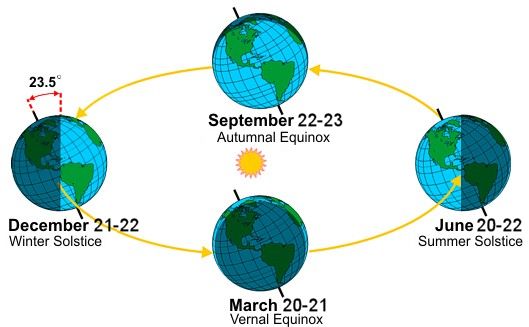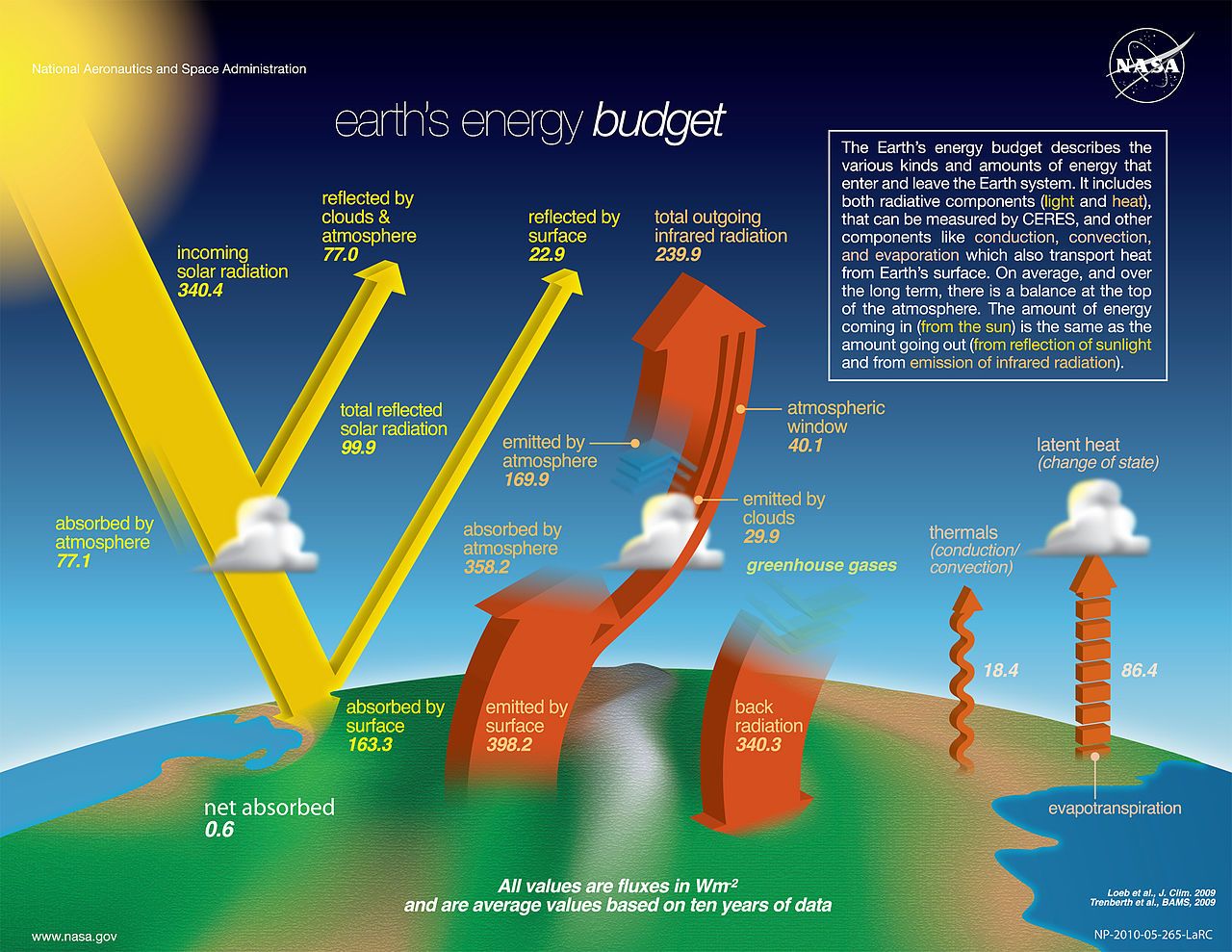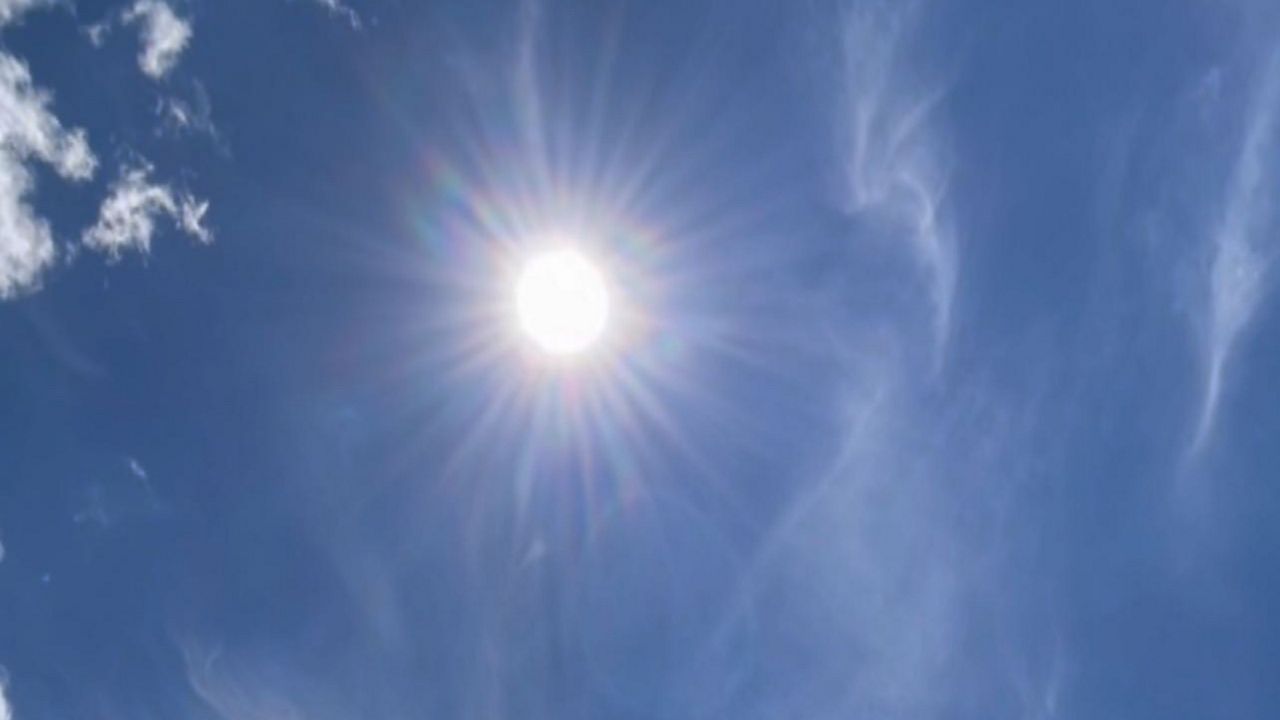This morning I took Boomer (my dog) for a run. The temperature was 54 degrees, a nice cool September morning.
I decided, however, to run in a tank top, despite readings in the 50s.
This got me thinking. Fifty-four degrees in sunshine in September doesn’t feel too cool at all. However, during other months, 54 degrees can feel so much colder.
Let’s explore why that is.

The Earth rotates while tilted upon its axis at about 23.5 degrees. This tilt is the reason we have seasons on Earth. Sunlight strikes the North and South poles at an angle.
When one pole tilts toward the sun, that hemisphere sees more direct sunlight than the other, making it summer. The opposite is true for winter when a pole points away from the sun.
The transitional seasons of fall and spring occur when the Sun passes directly over the equator during the equinox, with the Earth continuing to tilt away or toward the Sun through the season depending on the hemisphere.

The net flow of energy into and out of the Earth is called the Earth’s energy budget. Solar radiation enters our atmosphere as shortwave radiation, composed of ultraviolet, visible and infrared energy.
Energy is reflected, absorbed or scattered.
Absorbed energy generates heat and causes the atmosphere to warm. This is long-wave radiation. Some of this long-wave radiation emits out to space, while some of it emits back to lower parts of the atmosphere. The ground, for instance, can emit surface radiation.

Greenhouse gasses in the atmosphere absorb most of the Earth’s long-wave radiation and emit this radiation back to the surface, thus warming it.
We need the greenhouse effect to keep the planet habitable (otherwise Earth would freeze), but too much causes more warming, resulting in climate change.
With the science all understood, now we can talk about why it might feel warmer on a day in September with 54 degrees versus a January day with the same temperature.
Discounting humidity and wind for this explanation, it has to do with the Sun's angle.
Since St. Louis is still in summer, the Northern Hemisphere tilts toward the Sun. The sun is higher in the sky in the Northern Hemisphere during this time of the year, and as its rays strike the Earth, they spread out, distributing more energy and heat.
In the winter, the Northern Hemisphere tilts away from the sun and the sun is lower in the sky. When the rays hit the Earth in January, less energy hits the Northern Hemisphere, thus, it's less warm.
Keep in mind, this is all relative. A temperature of 54 degrees in the summer to someone in St. Louis may feel delightful, but if we transplant a Floridan to St. Louis during these temperatures, they might not feel the same way.
Our team of meteorologists dives deep into the science of weather and breaks down timely weather data and information. To view more weather and climate stories, check out our weather blogs section.








